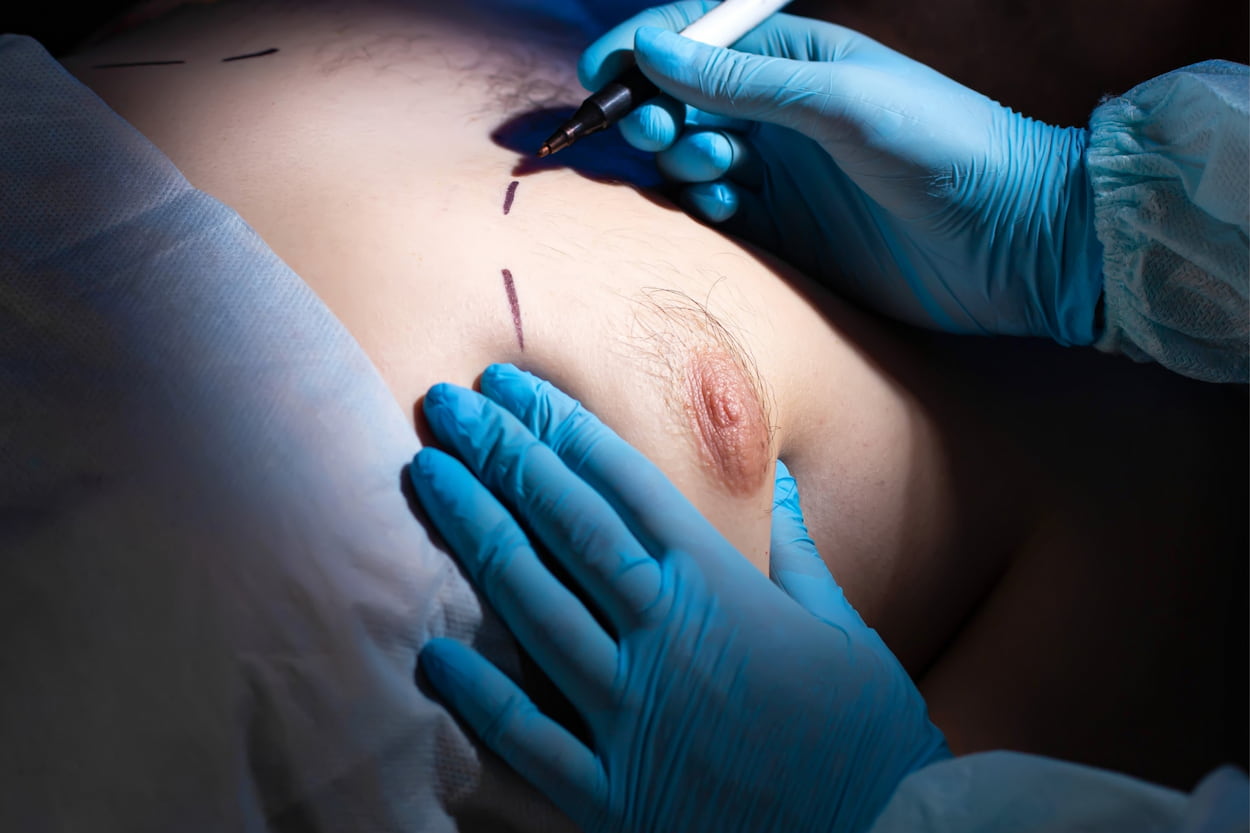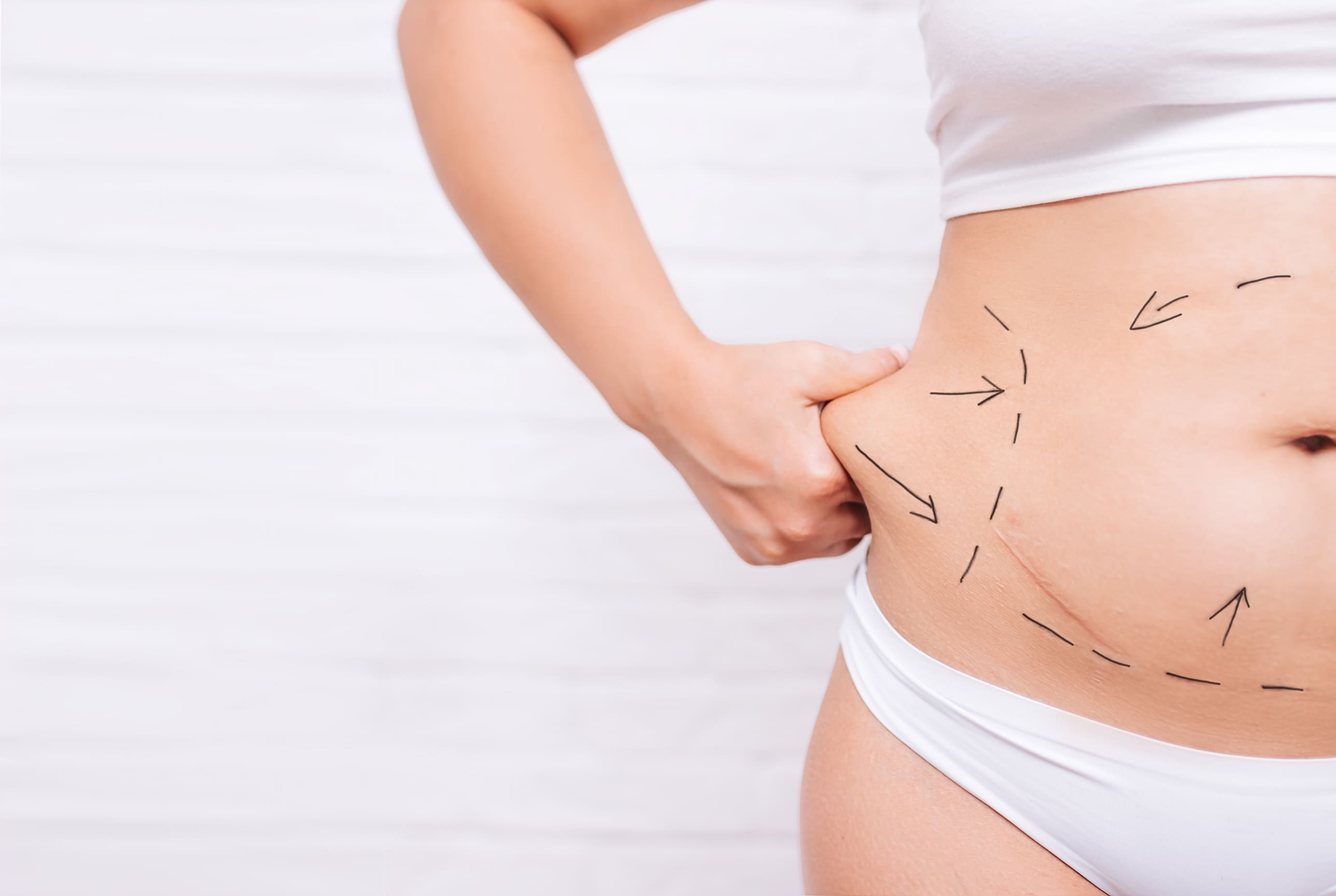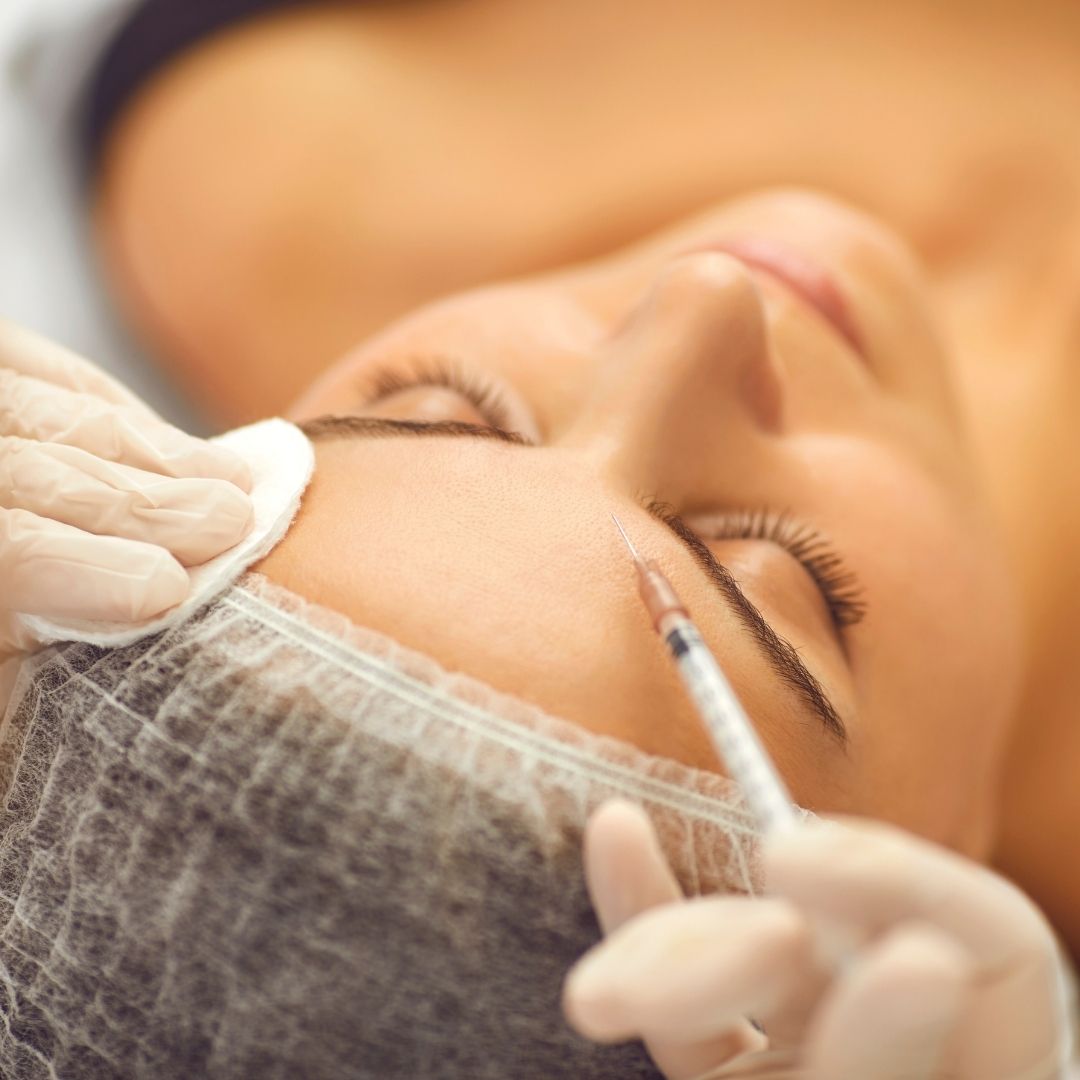
Gynecomastia Pinch Test
Gynecomastia is a common condition that affects many men, characterized by the enlargement of glandular tissue in the chest area. While it is not usually harmful, it can cause emotional distress and affect a man’s self-confidence. One way to assess the presence and severity of gynecomastia is through the use of the gynecomastia pinch test. This non-invasive and simple test can be performed by anyone and can provide valuable information about the presence of glandular tissue in the chest area.
In this article, we will explore what gynecomastia is, the gynecomastia pinch test, what it can indicate, and how gynecomastia can be treated. Whether you are a man with gynecomastia or a healthcare professional looking to learn more about this condition, this article will provide valuable insights into the use and importance of the gynecomastia pinch test.
How Do I Know If I Have Gyno or Just Fat?
It can be difficult to determine whether you have gynecomastia or just excess fat in the chest area. In some cases, the condition may be a combination of both. However, there are a few key differences between gynecomastia and excess fat in the chest area that can help you distinguish between the two.
One way to assess whether the enlargement is due to gynecomastia or just fat is through the gynecomastia pinch test. If the breast tissue in the chest area feels firm or there is a palpable lump, it may indicate the presence of glandular tissue and gynecomastia. On the other hand, if the tissue is soft and compressible, it may indicate that the enlargement is due to excess fat in the chest area.
Another way to determine whether the enlargement is due to gynecomastia or just fat is through the appearance of the chest area. In gynecomastia, the breast tissue in the chest area tends to have a more pronounced, rounded appearance, while excess fat in the chest area tends to have a more diffuse and soft appearance.
It is important to note that while excess fat in the chest area can be reduced through diet and exercise, gynecomastia usually requires medical intervention, such as surgery or medication. If you are unsure whether you have gynecomastia or just excess fat in the chest area, it is important to consult with a healthcare professional for proper assessment and treatment.
What is the Gynecomastia Pinch Test?
The gynecomastia pinch test is a simple and non-invasive way to assess the presence of glandular tissue in the chest area, which is a characteristic symptom of gynecomastia. It is performed by pinching the breast tissue between the thumb and fingers and then gently rolling the tissue. The test is typically performed on both breasts to assess for any asymmetry.
During the pinch test, the presence of a firm, rubbery, or palpable lump in the breast tissue may indicate the presence of glandular tissue. This is different from the feel of fatty tissue, which is typically soft and malleable. While the pinch test is not a definitive diagnostic tool for gynecomastia, it can provide valuable initial information about the presence of glandular tissue in the chest area.
The gynecomastia pinch test can be performed by a healthcare professional or by the individual themselves. It is a simple and quick test that can be performed at any time, making it a useful tool for men who are concerned about the appearance of their chest. If the pinch test is positive, it is important to seek medical advice and treatment to manage the condition and improve self-confidence.

Gynecomastia Pinch Test for Early-Stage Gynecomastia
The gynecomastia pinch test can also be used to assess the severity of gynecomastia. In early-stage gynecomastia, the breast tissue may not be visibly enlarged, but can still be palpable through the skin. By performing the pinch test, men can assess whether there is glandular tissue present in the chest area, which can be an early sign of gynecomastia.
If a man performs the pinch test and feels firm or rubbery tissue beneath the skin, it may indicate early-stage gynecomastia. At this stage, it is important to seek medical advice to prevent the condition from progressing. The healthcare professional may suggest monitoring the condition, making lifestyle changes such as weight loss, or prescribing medication to address hormonal imbalances.
It is important to note that not all men with early-stage gynecomastia will progress to more advanced stages of the condition. By catching it early, men can take proactive steps to manage their condition and prevent it from worsening.
What Do Pinch Test Findings Indicate?
The findings of the gynecomastia pinch test can indicate whether a man has gynecomastia or just excess fat in the chest area. If the tissue feels firm or rubbery, it may indicate the presence of glandular tissue, which is a characteristic of gynecomastia. This can help men determine if they need to seek medical advice and treatment for their condition.
In addition, the severity of the gynecomastia can also be assessed through the pinch test. If the tissue feels very firm or there is a palpable lump in the breast area, it may indicate advanced stages of gynecomastia. This can also help men determine the appropriate course of action, such as seeking surgical intervention.
It is important to note that the gynecomastia pinch test is not a definitive diagnostic tool for gynecomastia. A proper diagnosis should be made by a healthcare professional, who may use imaging tests such as a mammogram or ultrasound to confirm the presence of breast tissue. However, the pinch test can be a useful initial assessment tool for men who are concerned about the appearance of their chest.
What to Do If the Pinch Test Is Positive?
If a man performs the gynecomastia pinch test and feels firm or rubbery tissue beneath the skin, it is important to seek medical advice. While gynecomastia is not usually harmful, it can indicate an underlying medical condition that requires treatment.
The healthcare professional may suggest imaging tests such as a mammogram or ultrasound to confirm the presence of breast tissue. They may also perform a physical examination to assess the severity of the condition. Depending on the severity of the gynecomastia, the healthcare professional may suggest monitoring the condition, making lifestyle changes such as weight loss, or prescribing medication to address hormonal imbalances. In some cases, surgery may be recommended to remove the excess breast tissue.
It is important to remember that gynecomastia is a common condition and is not something to be ashamed of. By seeking medical advice and treatment, men can manage their condition and improve their self-confidence.
The Study of Gynecomastia Pinch Test
According to a study published in the Journal of Clinical Endocrinology & Metabolism, the gynecomastia pinch test is a reliable initial assessment tool for identifying the presence of glandular tissue in the chest area. The study found that when the pinch test indicated firm or rubbery tissue, it correlated with the presence of gynecomastia in 90% of cases. This underscores the test’s significance as a quick and accessible diagnostic tool for men concerned about gynecomastia.
How Is Gynecomastia Treated?
The treatment for gynecomastia depends on the underlying cause and the severity of the condition. In many cases, the condition may resolve on its own over time. However, if the gynecomastia is causing emotional distress or affecting a man’s quality of life, treatment options may be considered.
For men with mild to moderate gynecomastia, lifestyle changes such as weight loss and exercise may be recommended. This can help reduce excess fat in the chest area and improve the appearance of the chest. In addition, avoiding drugs and medications that can cause hormonal imbalances may also be recommended.
For men with more severe gynecomastia, medication may be prescribed to address hormonal imbalances. Medications such as tamoxifen and raloxifene can help reduce the size of the breast tissue and improve the appearance of the chest. In some cases, surgery may be recommended to remove the excess breast tissue.
Surgical options for gynecomastia include liposuction and mastectomy. Liposuction involves removing excess fat from the chest area through a small incision. Mastectomy involves removing glandular breast tissue through a larger incision. The type of surgery recommended will depend on the severity of the gynecomastia and the goals of the patient.
Why Is the Pinch Test In Gynecomastia Important?
The pinch test is an important diagnostic tool used to assess the presence of gynecomastia in men. Gynecomastia is a condition characterized by the enlargement of glandular tissue in the breast area, which can cause emotional distress and affect a man’s self-confidence. The condition can be caused by a variety of factors, including hormonal imbalances, certain medications, and underlying medical conditions.
The pinch test is important because it helps to distinguish between gynecomastia and other causes of chest enlargement, such as excess fat. This is important because the treatment for gynecomastia differs from the treatment for excess fat in the chest area. If the pinch test is positive and glandular tissue is present, a further medical evaluation may be needed to determine the underlying cause of the gynecomastia and the appropriate course of treatment.
Another benefit of the pinch test is that it can help to monitor the progression of gynecomastia over time. The severity of the gynecomastia can be assessed through the pinch test, with more advanced stages of the condition typically associated with firmer breast tissue and palpable lumps in the chest area. By monitoring changes in the breast tissue over time, healthcare professionals can determine if the gynecomastia is progressing or improving and make any necessary adjustments to the treatment plan.



